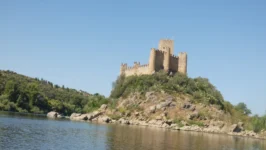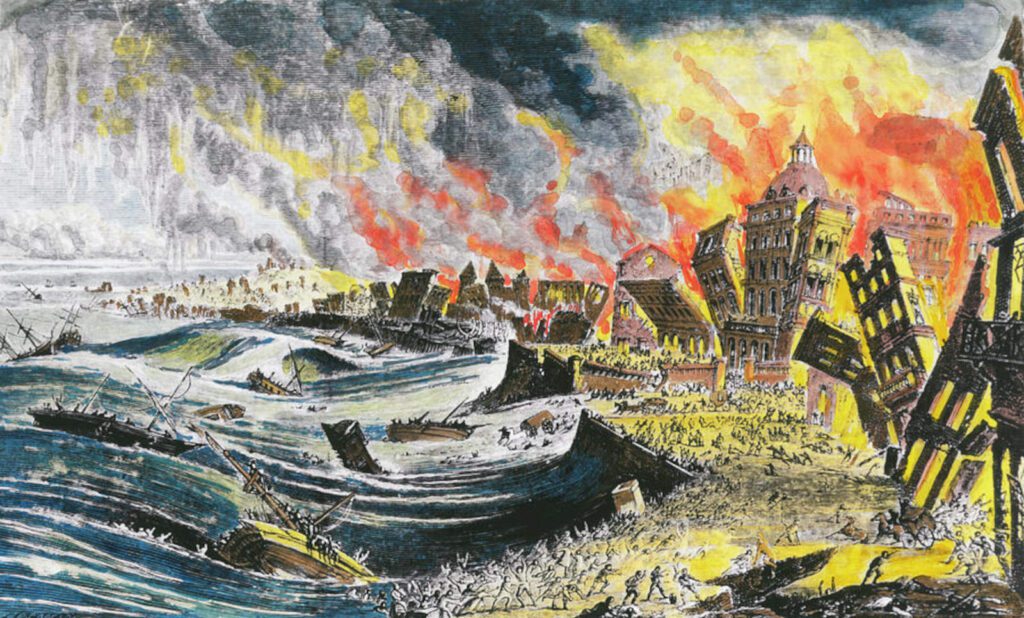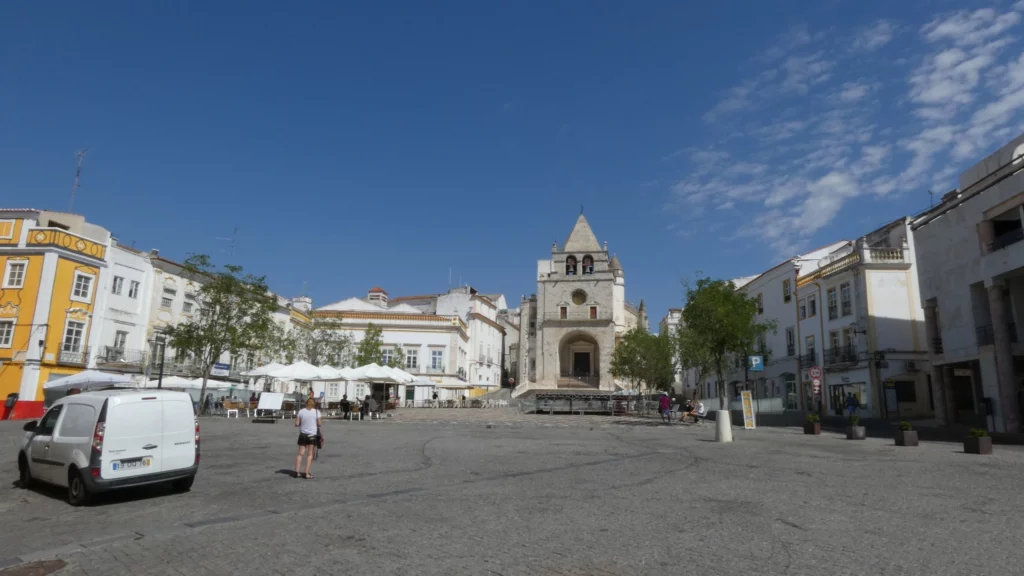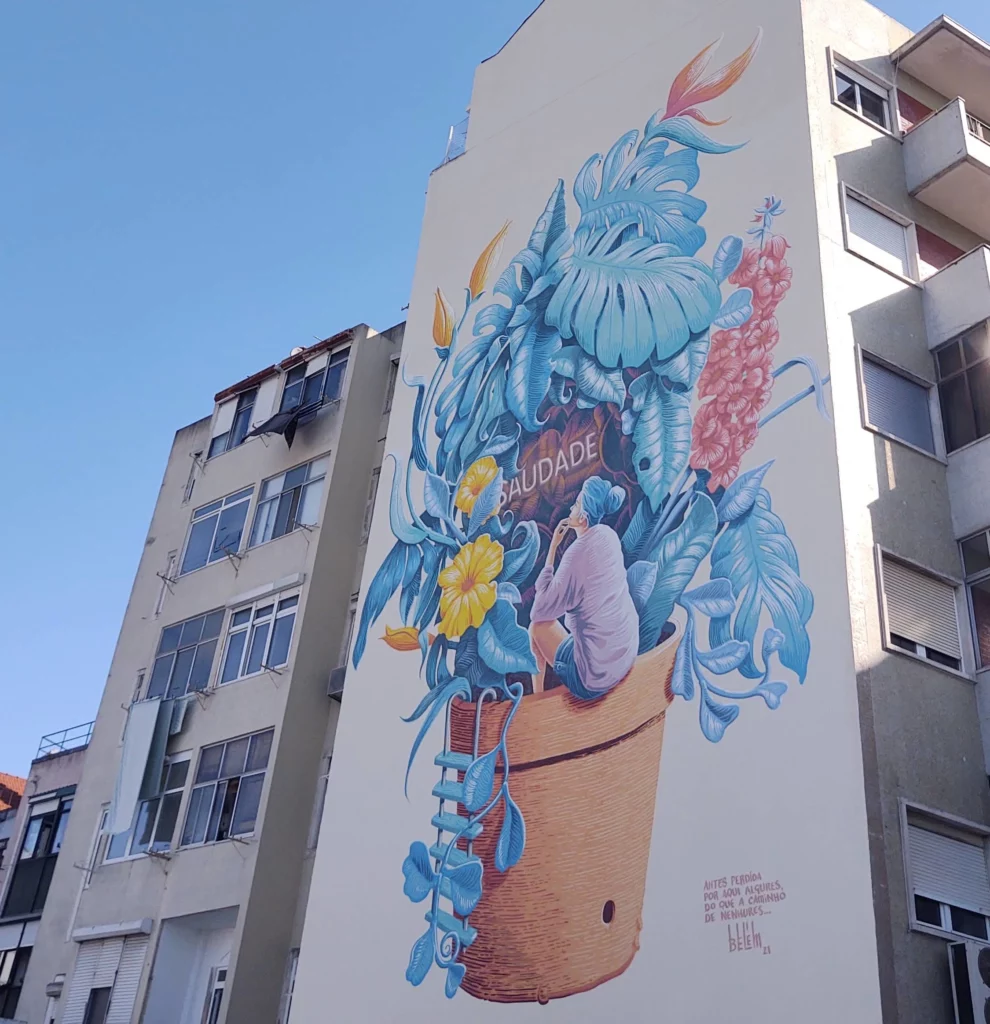Discover the 5 royal capitals of Portugal
Portugal is founded in 1143 and the borders never changed since 1255. Also not under the Spanish rule between 1580 and 1640. This makes Portugal one of the oldest countries of Europe and one of he countries with the oldest unchanged borders in Europe and the world. This is why Portugal has a lot of history, authenticity and own culture. Which was maybe the richest and absolutely the most successful country at the end of the Middle Ages, in the Age of Discovery, the beginning of the Modern History. The capital of the Portuguese Empire moved many times in history. Read this post and discover the 5 royal capitals of Portugal and the former Portuguese Royal Empire.
keywords:
#capital, #portugal, #portugueseempire, #history, #royalfamily
Guimarães: The capital where Portugal was born
"Aqui nasceu Portugal"
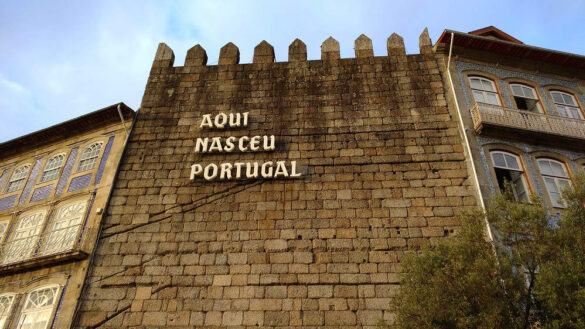
The first capital of Portugal is located in the north of the country, the place where Portugal was born or also called "the cradle of Portugal". Around 60 km above Porto you find Guimarães, the city where the first king of Portugal was born: Dom Afonso Henriques, also known as D. Afonso I of Portugal, "The Conqueror" or in Portuguese: "O Conquistador". So, Guimarães and the area around this city is the place where Portugal was born.
Portucale as the cradle of Portugal
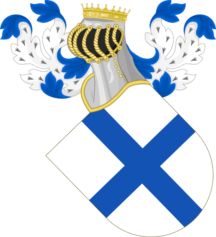

In 1128, Dom Afonso Henriques took over the rule of the County of Portucale, which was at that moment an area from Braga and Guimarães to Coimbra, including Porto and a part of the Douro Valley. It is now north Portugal and a the northern part of Central Portugal. Portucale is also the name from which the current name Portugal is derived.
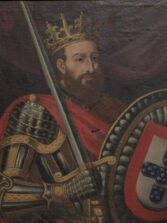
Dom Afonso Henriques as Prince of Portugal
Afterwards, Dom Afonso Henriques proclaimed himself as Prince of Portugal and Prince of the Portuguese. Finally, he turned his eyes to the southern part of the Iberian Peninsula to expel the Moors from the European continent, which was part of the Reconquista. With success, because in 1147 he conquered Santarém and Lisbon.
Portugal became a Kingdom
To become an independent Kingdom, military action were not enough. It had to be acknowledged diplomatically by the neighbouring countries and counties and because they were Catholics, most importantly by the Catholic Church and the Pope. Already in 1143, Portugal was recognized as an independent country, so this is considered as the year in which Portugal was founded. While the Pope confirmed the Portuguese Kingdom in 1179.
Coimbra: The second capital of Portugal
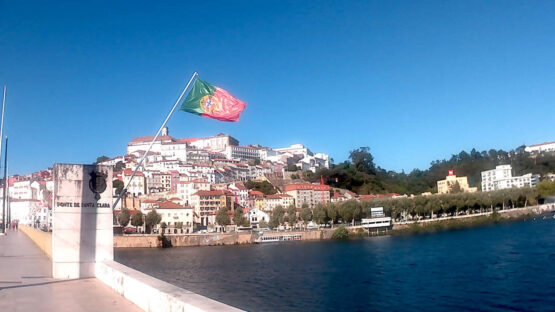
The second capital of Portugal was Coimbra, located in central Portugal, from 1139 to 1255. More land was conquered, so the king decided to move the capital further to the south, but still far enough from the Moors. In most countries, mostly the capital is somewhere central in the country. This is out of safety reasons. A capital close to the borders is always weaker.
Royal Palace located at the top of the city
It is not abnormal that the King and royal family settled at the top in a city with the best view over the whole region. The location of the royal palace is the building which is now the main building of the old University of Coimbra, which looks out over the large area and Mondego river.
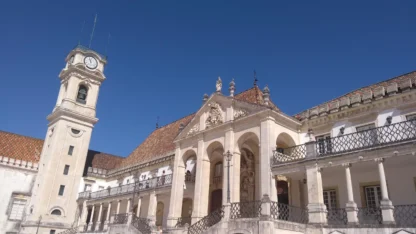
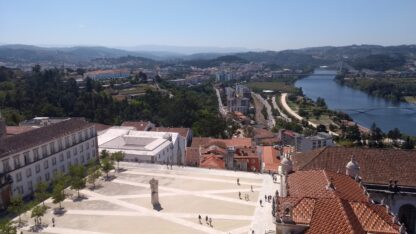
Castle of Almourol
The castle of Almourol, which is a well preserved castle in the middle of the Tagus river was very important to protect the capital. You can read more about this wonderful hidden gem in central Portugal in this post.
Lisbon: The current capital of Portugal

In 1255, King Afonso III of Portugal moved the capital from Coimbra to Lisbon. This was out of economical reasons. Because Lisbon had a better harbour, which was more ideal to trade. This makes Lisbon the second oldest capital of Europe, after Athens.
Royal palace in Lisbon
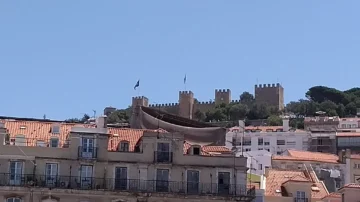
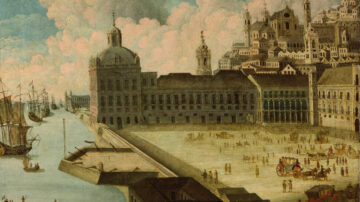
The Saint George Castle, o Castelo São Jorge, became the new home of the King of Portugal. In the 16th century, the royal palace was moved from the Castle at the top mountain to the Terreiro do Paço, now Praça do Comércio. The royal palace was located at the west side of this large square. But it was completely destroyed by the earthquake of 1st November 1755, which destroyed almost whole Lisbon.
Lisbon as an official capital or not?
Lisbon became the capital of Portugal, because the king moved his home and administrative government to Lisbon. But still today, there is no official document stating that Lisbon became the new capital after Coimbra. So, it is always assumed that Lisbon became the new and current capital of Portugal, but there is no official proof of it.
Rio de Janeiro: The only capital out of the European continent
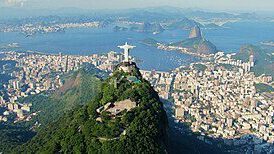
Due to the Napoleon's invasions and many wars decided the royal family to move to Rio de Janeiro, Brazil. They did this to protect themselves against possible attacks on the Portuguese Crown. This made Rio de Janeiro the first and only capital of a European country outside the European continent in the 19th century. The voyage to the other side of the Atlantic Ocean took around 2 months and again more than a month to arrive in Rio de Janeiro from the place where they disembarked.
Rio de Janeiro as the economical heart of the Portuguese Empire
In the 19th century, Rio de Janeiro was already the capital of Brazil as the Portuguese colony and very important as an economical heart in the Portuguese Empire. When the Portuguese Crown settled in Rio de Janeiro, the Portuguese opened a lot of ports with friendly nations, the Bank of Brazil, the Royal Military Academy and a Royal Library.
Implementation of the first Portuguese constitution
After the defeat of Napoleon, Portugal has a civil war in 1820. This is also known as the Liberal Revolution of Porto. The Royal family decided to come back to Portugal. Lisbon became again the capital of Portugal. The result of it was the implementation of the first Portuguese constitution in 1821.
Angra do Heroísmo: A capital of Portugal on the Azores
In the middle of the Atlantic Ocean, you find the Azores. Together with Madeira, they still are part of Portugal as 2 autonomous regions. Angra do Heroísmo, which is located at the south coast of the Terceira Island of the Azores, was already twice the capital of Portugal. Like Rio de Janeiro it was a place to refuge for the royal family.
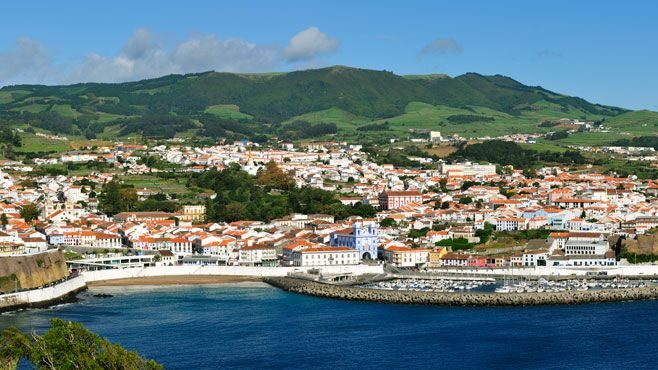
No succession for the Portuguese Crown
Once in the 16th century, from 1580 till 1582. It was the period of a succession crisis at the Portuguese Crown. Because the King died in a battle and had no direct descendants. 1580 Was also the start of the Spanish rule over Portugal.
Civil war about the royal succession
A second time, almost halfway the 19th century. After the Liberation Revolution of Porto, there were a lot of other civil wars in Portugal between constitutional liberals and absolutists. The stake was the succession of the royal family. Queen D. Maria II took refuge at the Azores. After this war, they restored the constitutional monarchy.
Read More
"Selected for you"
You want to read more and get noticed about the posts ideal for you. Subscribe to our newsletter. This is the ideal way to stay tuned about all our posts and videos in the spotlight and selected for you.
The content of this page is copyright of Lindo Portugal.
© 2024 lindoportugal.eu
With media content of Galeria Sámuel.

